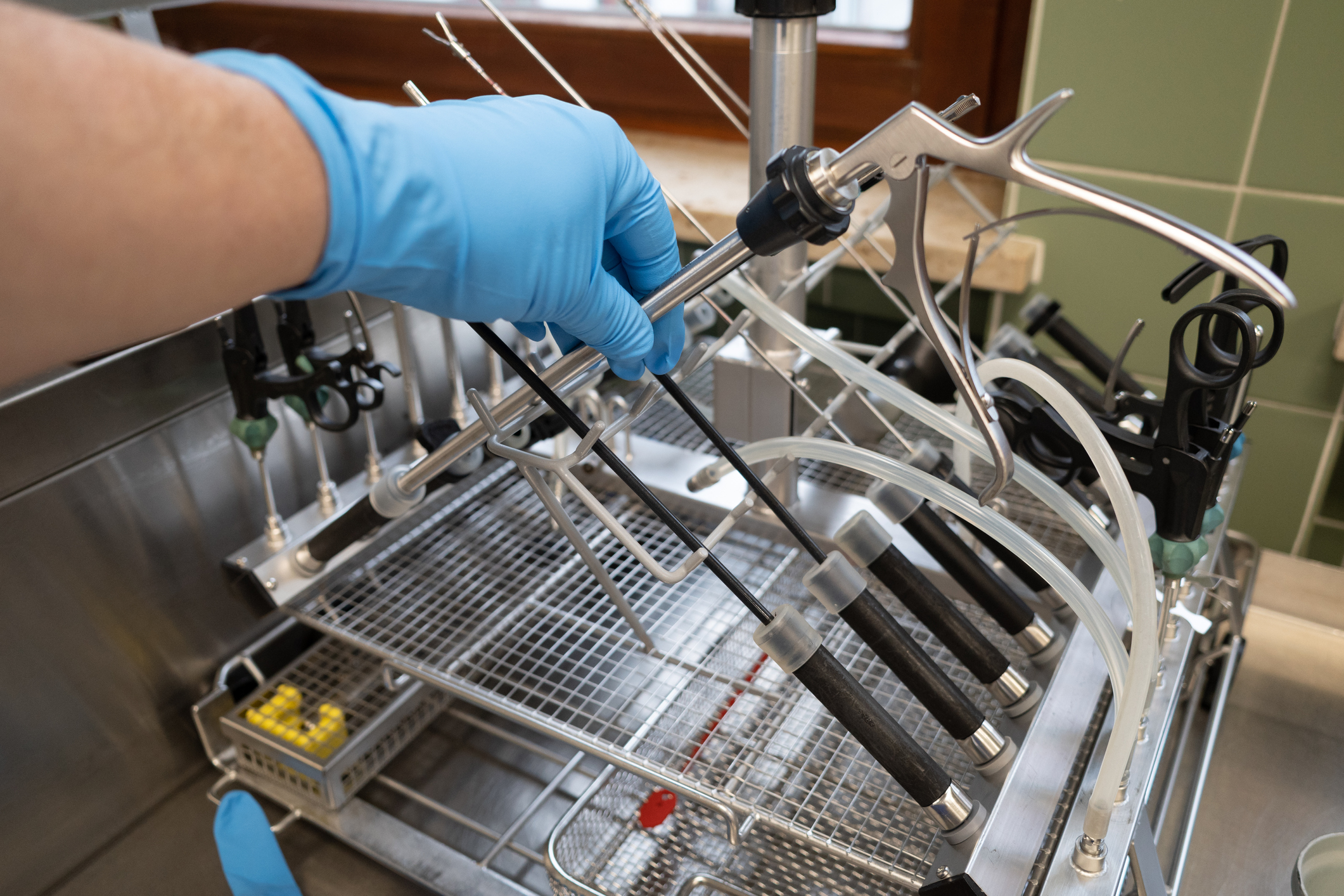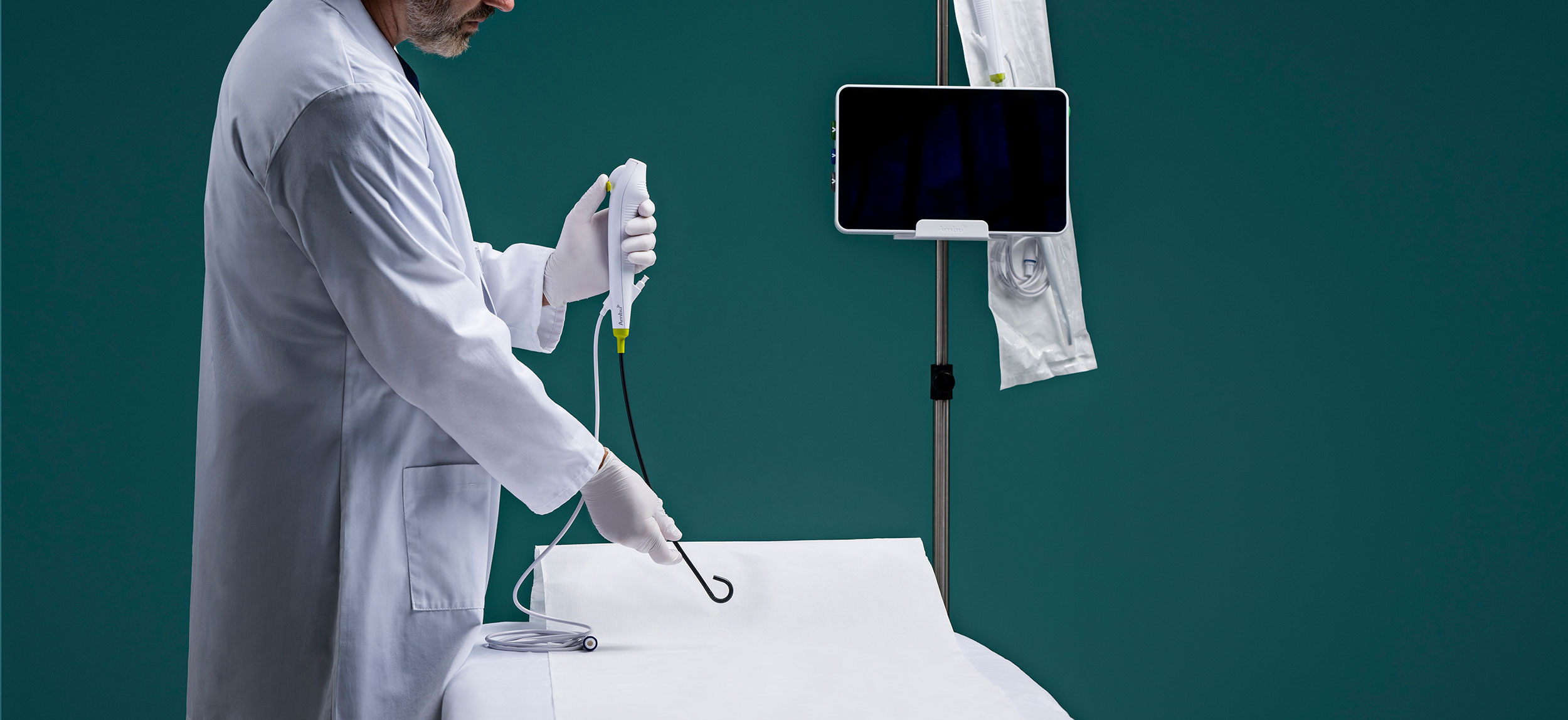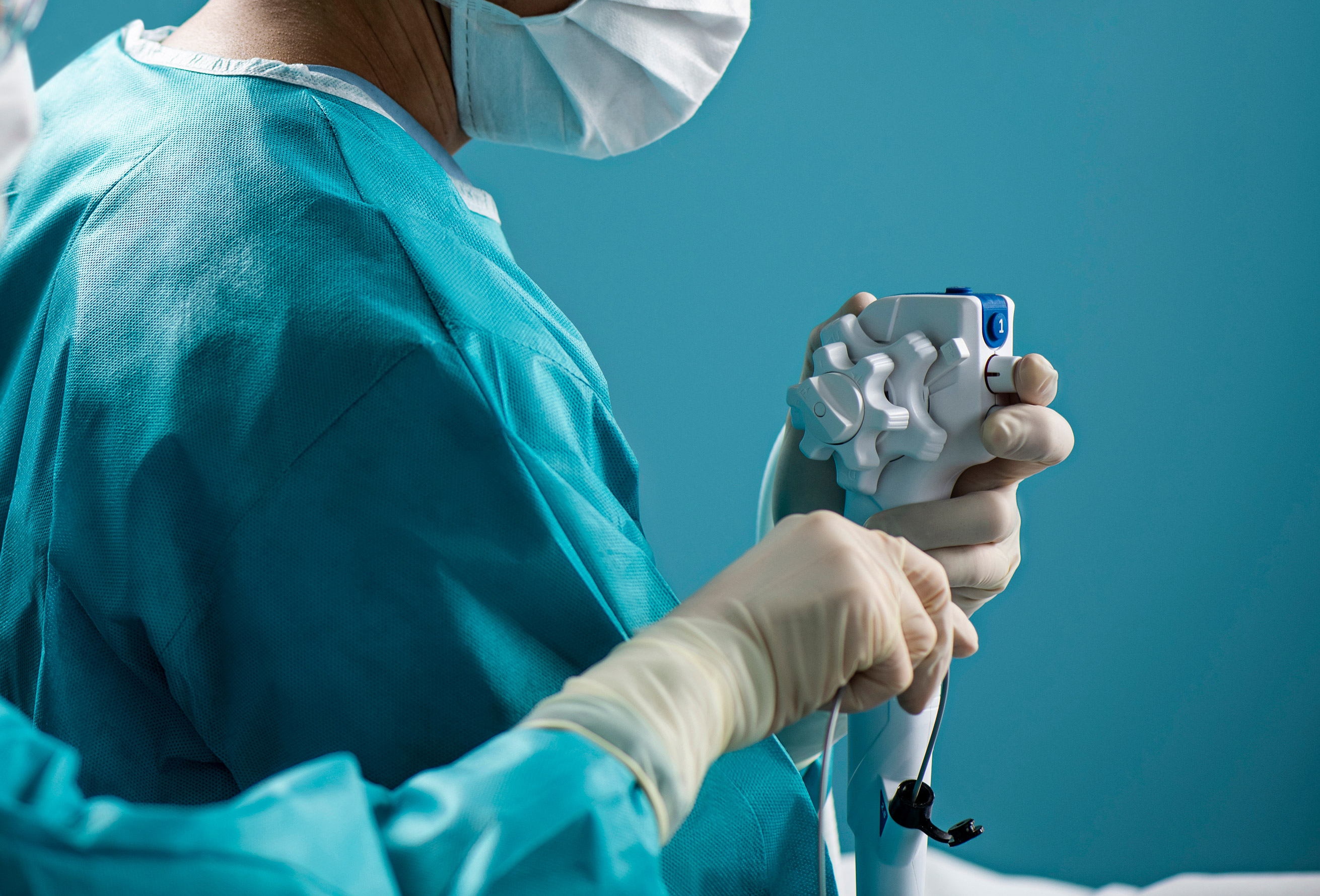
Protein residue testing has a valuable and expanding role in sterile processing.
So says Rory Burke, lead medical supply technician at Fort Harrison VA Hospital Medical Center in Montana, in a recent Beyond Clean podcast.
While ATP (adenosine triphosphate) testing looks for live strains only, protein residue testing identifies both living and dead organisms across a wide spectrum of proteins, so it picks up even neutralized bioburden that is still present.
His department does mandatory testing on all its endoscopic devices. That list includes colonoscopes, EGDs cystoscopes and ureteroscopes, which is stricter than the AAMI standard, Burke noted.
“It gives you a peace of mind. Rather than going, ‘Well, I did all the steps and I think this is clean,’ you have a physical proof you can hold in your hand that I did clean this,” he said. “And it’s going to increase positive patient outcomes because you’re going to be catching those issues by having that safety station set up doing these cleaning validations.”
Related Content: Exploring the World of Decontaminated Instruments, Up Close
The biggest challenge is that the tests take about 30 seconds to get results, he said. As speedy as that sounds, even that minimal amount of time adds up when hundreds of instruments are involved.
“If you’re testing every instrument every time, you’re going to start royally slowing down your process just waiting for those to result, plus you’re running up a bill on your testing supplies if you’re burning through a swab on every instrument,” Burke said.
He personally handles 400-600 instruments a day, with his hospital’s total at a couple thousand, he said.
The main guideline addressing such testing is the newer version of ST91 which says high risk scopes “must” be tested for cleaning verification and scopes in the moderate risk tier “should” be tested, Burke said.
Testing is done after the manual cleaning or the automated scope flushing but before high level disinfection or sterilization — about the same time a borescope would be used, Burke said.
When failures occur, it’s important to do a second manual cleaning. If another failure occurs, a borescope test should be performed. The scope may be damaged and need to be sent out for repair, Burke said.
Documenting failures and maintaining a monthly record that can be shared with the infection prevention department can identify patterns and lead to solutions, he said.
Single-use scopes, like those developed by Ambu A/S and other medical device manufacturers, eliminate the need for reprocessing and for cleaning verification or protein residue testing because the scopes are sterile from the package and discarded after each use.
Click here for more from Beyond Clean on protein residue testing tools.


